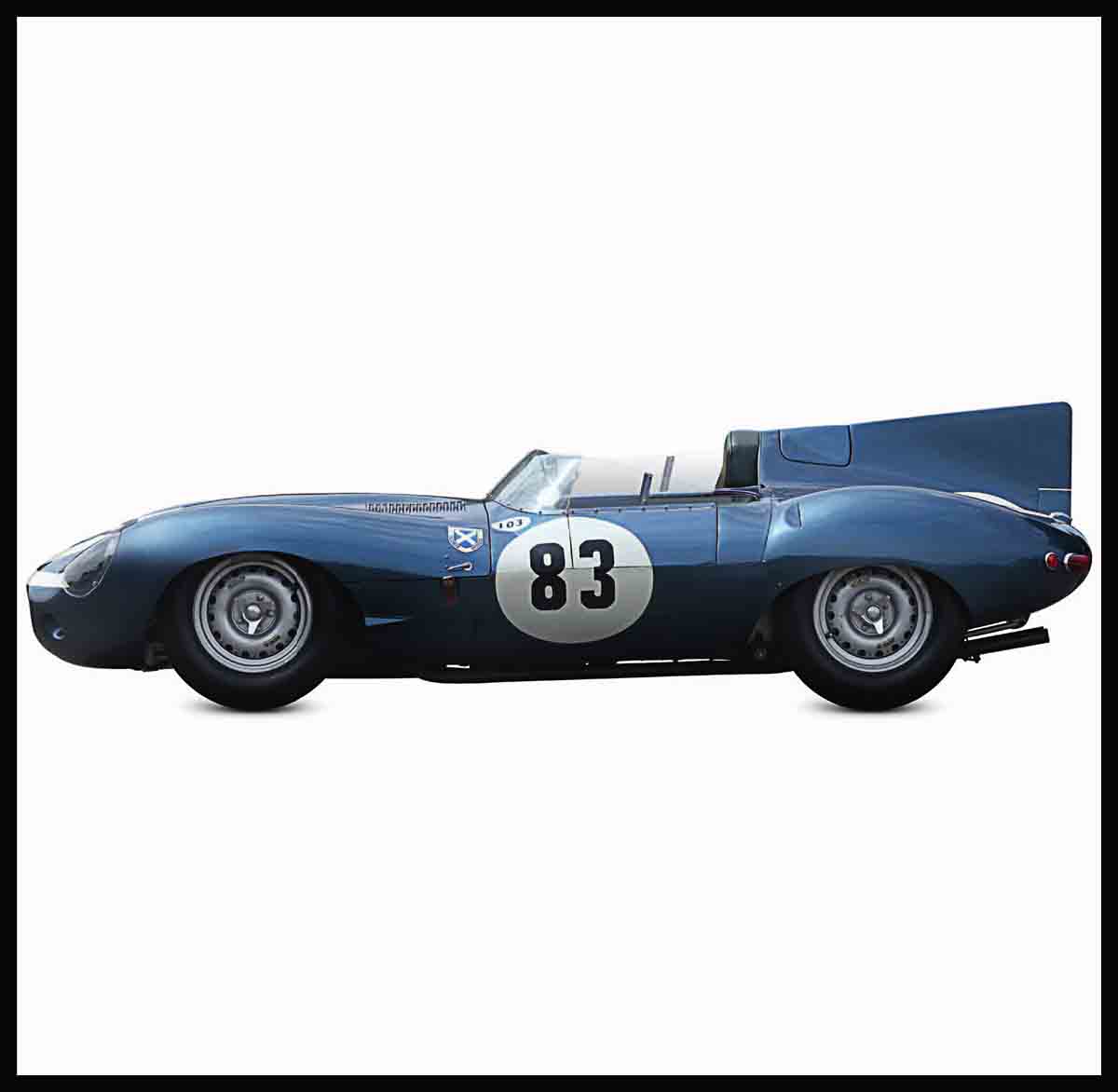
Racing Cars
The 1950s was the decade of successful front-engined racing cars, especially in sports-car racing. European marques derived from road going sports cars dominated, gradually becoming more and more different from their street origins. Disc brakes proved a huge advantage and would be rapidly adopted, along with other improvements, such as fuel injection, that would filter through to improve road cars in time.
Talbot-Lago T26 Grand Sport, 1951

| Origin | France |
| Engine | 4,483 cc, straight-six |
| Top speed | 125 mph (201 km/h) |
Based on the chassis and engine from a successful Grand Prix racer, the Grand Sport was an early post-war sports racing car that won at Le Mans in 1950.
Ferrari 375 MM, 1953
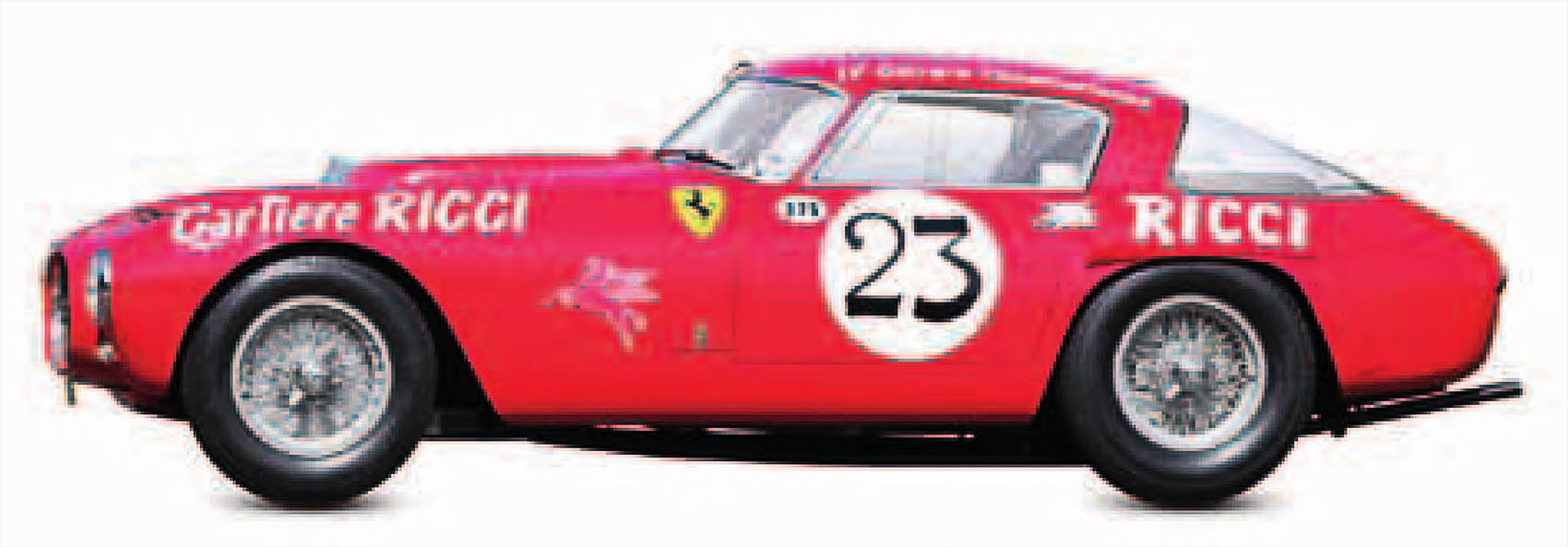
| Origin | Italy |
| Engine | 4,522 cc, V12 |
| Top speed | 150 mph (241 km/h) |
Built primarily as a competition car, the 375 Mille Miglia won the Spa 24-hour race, Pescara 12-hour race, and Buenos Aires 1,000 km at the start of its glittering racing career
Kurtis-Chrysler 500S, 1953

| Origin | USA |
| Engine | 6,424cc, V8 |
| Top speed | 145 mph (233 km/h) |
Typical of the effective U.S.-built racers that contested the Carrera Panamericana and U.S. endurance races, this car has the Chrysler Hemi V8 in a light, aluminum body.
Ferrari 250GT SWB, 1959
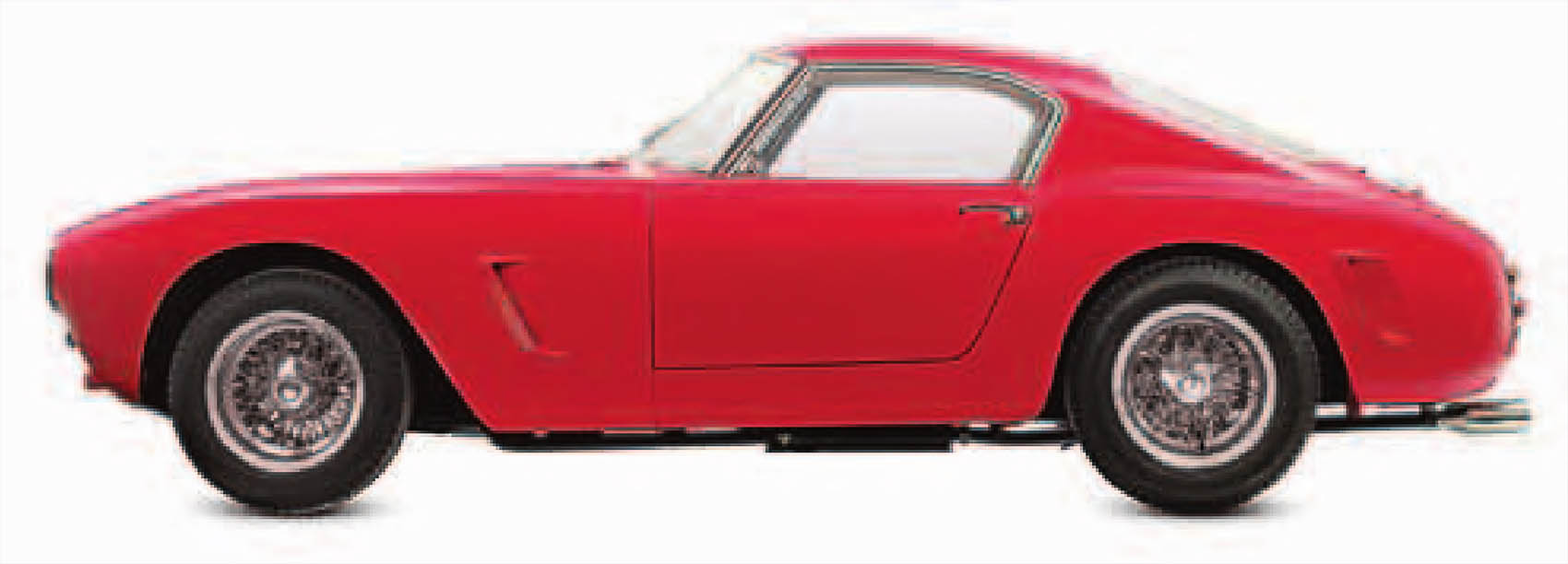
| Origin | Italy |
| Engine | 2,953 cc, V12 |
| Top speed | 160 mph (257 km/h) |
The gorgeous Pinin Farina-designed SWB dominated the Group III (2-3 liter) racing class, winning many races outright. It was equally at home on the road.
Abarth 205, 1950
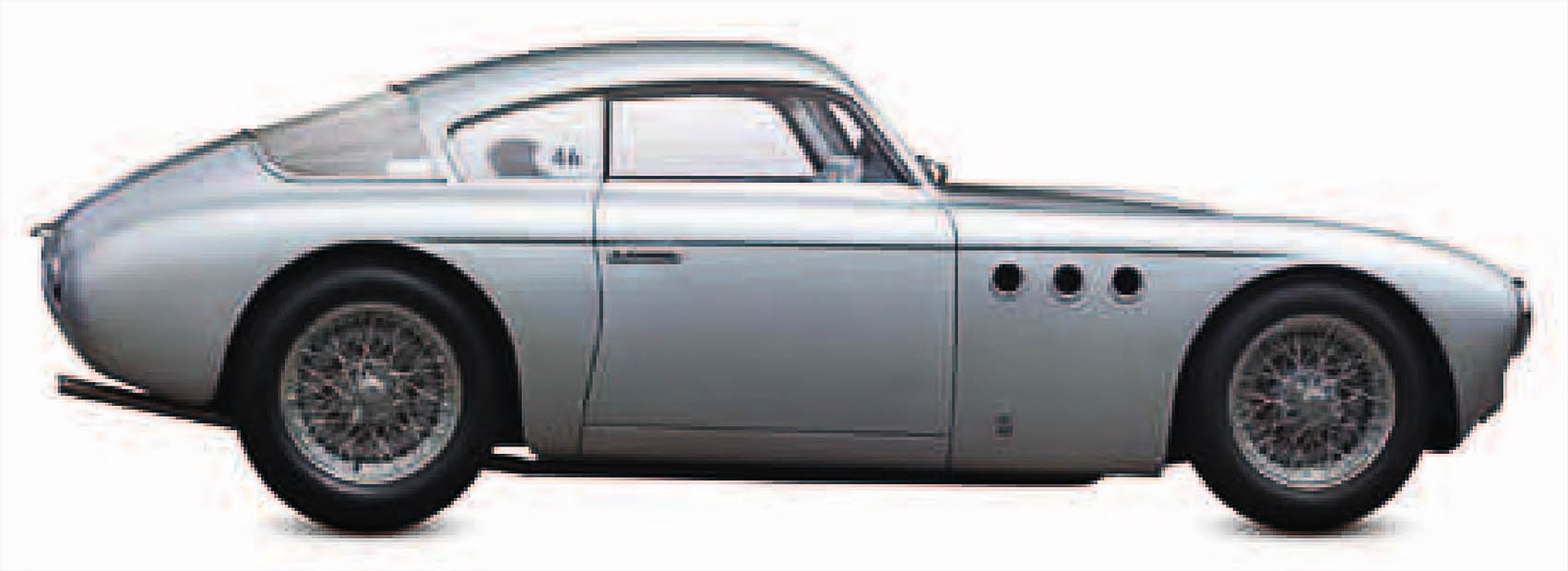
| Origin | Italy |
| Engine | 1,089 cc, straight-four |
| Top speed | 108 mph (174 km/h) |
The first complete car from legendary engine tuner Carlo Abarth, the 205 used a tuned Fiat engine in a body styled by Giovanni Michelotti. It was a successful endurance racer.
Lotus Eleven, 1956
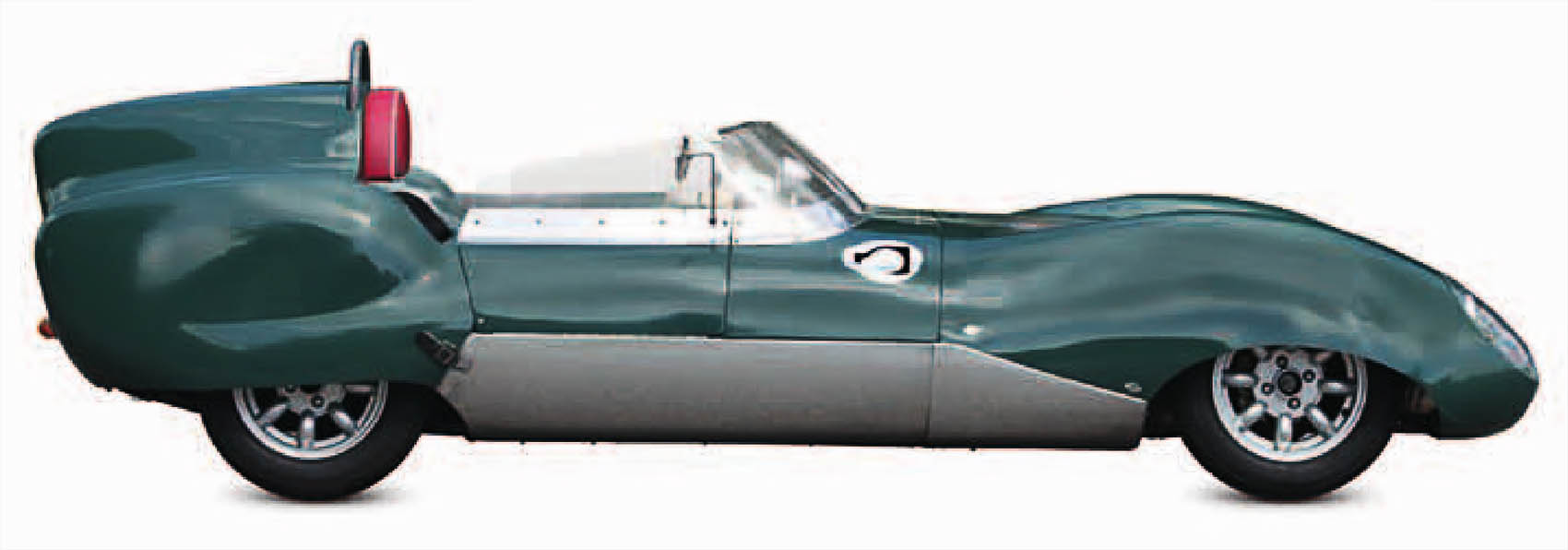
| Origin | UK |
| Engine | 1,098 cc, straight-four |
| Top speed | 112 mph (180 km/h) |
The elegant Lotus Eleven marked a step forward in professionalism for Lotus and proved hugely successful. It came seventh overall at Le Mans in 1956, against many larger-engined cars.
Pupulidy-Porsche Special, 1954

| Origin | USA |
| Engine | 1,582 cc, flat-four |
| Top speed | 130 mph (209 km/h) |
American racer Emil Pupulidy built a body inspired by Mercedes’ Silver Arrows, fitted it to a VW floorpan, and went racing. He won the car’s first race at the Nassau Speed Week in the Bahamas.
Porsche 550/1500RS, 1953

| Origin | Germany |
| Engine | 1,498 cc, flat-four |
| Top speed | 136 mph (219 km/h) |
When Porsche designed a new engine with double overhead camshafts on each side for its mid-engined 550 racer, it became a race winner. The actor James Dean had a fatal crash in his.
Porsche 550 Coupé, 1953
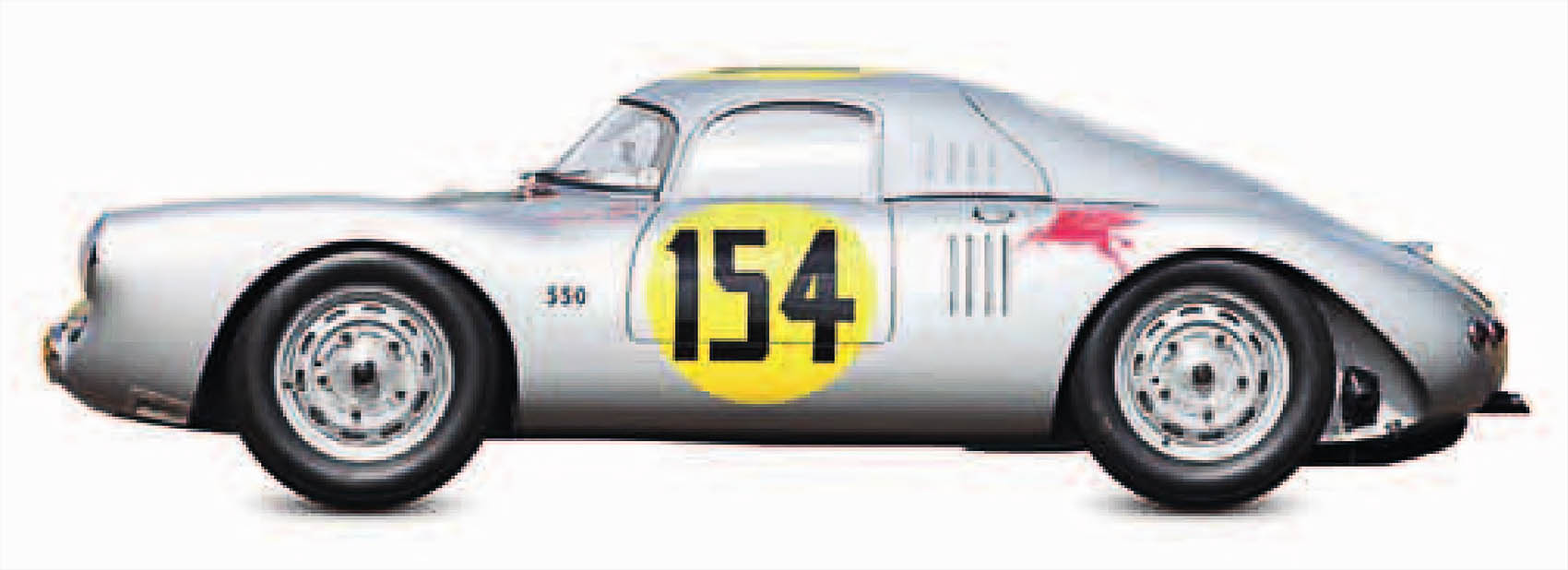
| Origin | Germany |
| Engine | 1,488 cc, flat-four |
| Top speed | 124 mph (200 km/h) |
This was Porsche’s first purpose-built works racing car. Mid-engined 550s won their class in 1953 events from Le Mans to the Carrera Panamericana.
Aston Martin DBR1, 1956

| Origin | UK |
| Engine | 2,922 cc, straight-six |
| Top speed | 155 mph (249 km/h) |
The most successful Aston Martin racing car until 2010, the DBR1 had six major international race wins, including Le Mans, Nürburgring, Goodwood, and Spa.
OSCA MT4, 1953

| Origin | Italy |
| Engine | 1,490 cc, straight-four |
| Top speed | 120 mph (193 km/h) |
Superb design by the Maserati brothers and a twin-camshaft, twin-spark engine made the MT4 more competitive than it looked. It won the U.S. Sebring 12-hour race in 1954.
Aston Martin DBR2, 1957

| Origin | UK |
| Engine | 3,670 cc, straight-six |
| Top speed | 160 mph (257 km/h) |
Aston built two cars to race its new 3.7-liter engine, with semi-backbone chassis and styling like the DBR1; they later raced with 4.2-liter engines in the United States.
Maserati 250F, 1954

| Origin | Italy |
| Engine | 2,494 cc, straight-six |
| Top speed | 180 mph (290 km/h) |
The elegant 250F raced throughout the seven years of the 2.5-liter limit in Formula 1, winning eight Grand Prix and giving Juan Manuel Fangio the 1957 World Championship.
Panhard 750 Spider, 1954

| Origin | France/Italy |
| Engine | 745 cc, flat-two |
| Top speed | 90 mph (145 km/h) |
Built by Tino Bianchi on a 1950 Panhard Dyna rolling chassis, with frame by GILCO and body by Colli, this one-off Special competed in the 1955 Mille Miglia in Italy.
Mercedes-Benz W196, 1954

| Origin | Germany |
| Engine | 2,496 cc, straight-six |
| Top speed | 186 mph (299 km/h) |
Mercedes-Benz returned to Formula 1 with a complex spaceframe chassis, desmodromic valves, and fuel injection. The W196 gave race driver Juan Manuel Fangio two world titles.
Alfa Romeo 1900SSZ, 1954
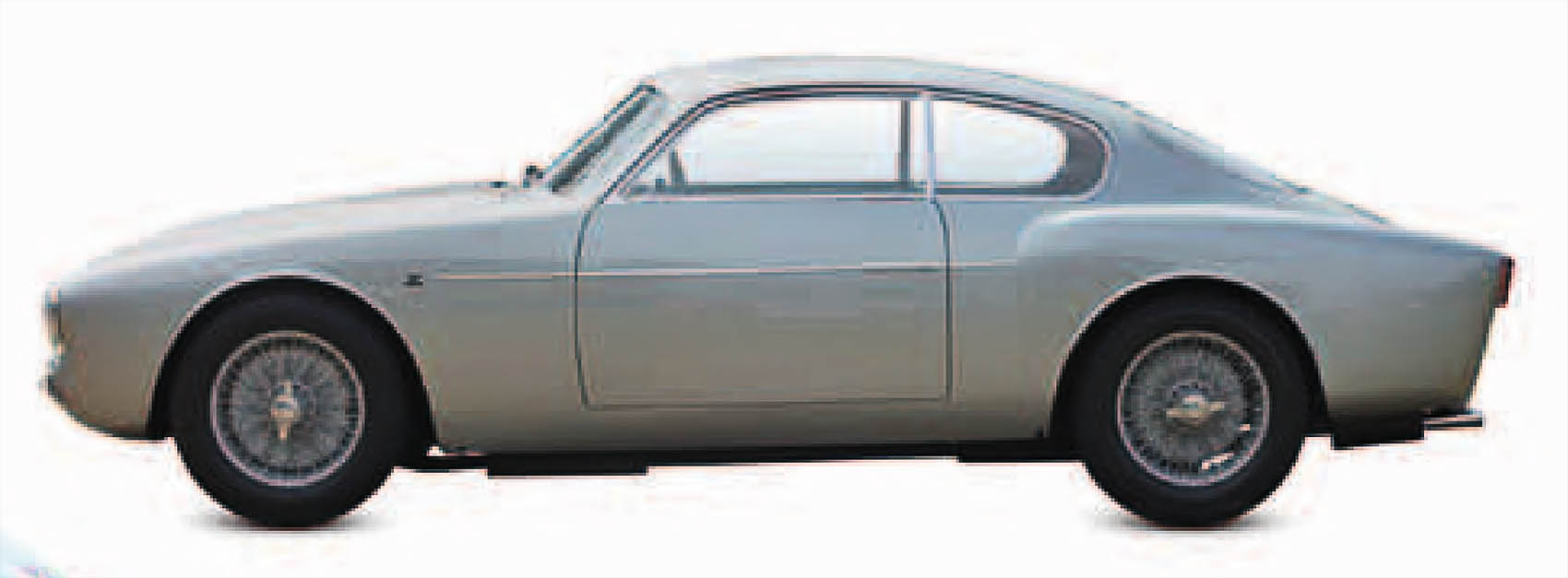
| Origin | Italy |
| Engine | 1,975 cc, straight-four |
| Top speed | 117 mph (188 km/h) |
The Alfa Romeo 1900, marketed as “the family car that wins races,” spawned this lightweight special-bodied car by Zagato that was successful in long-distance races.
Jaguar C-type, 1951
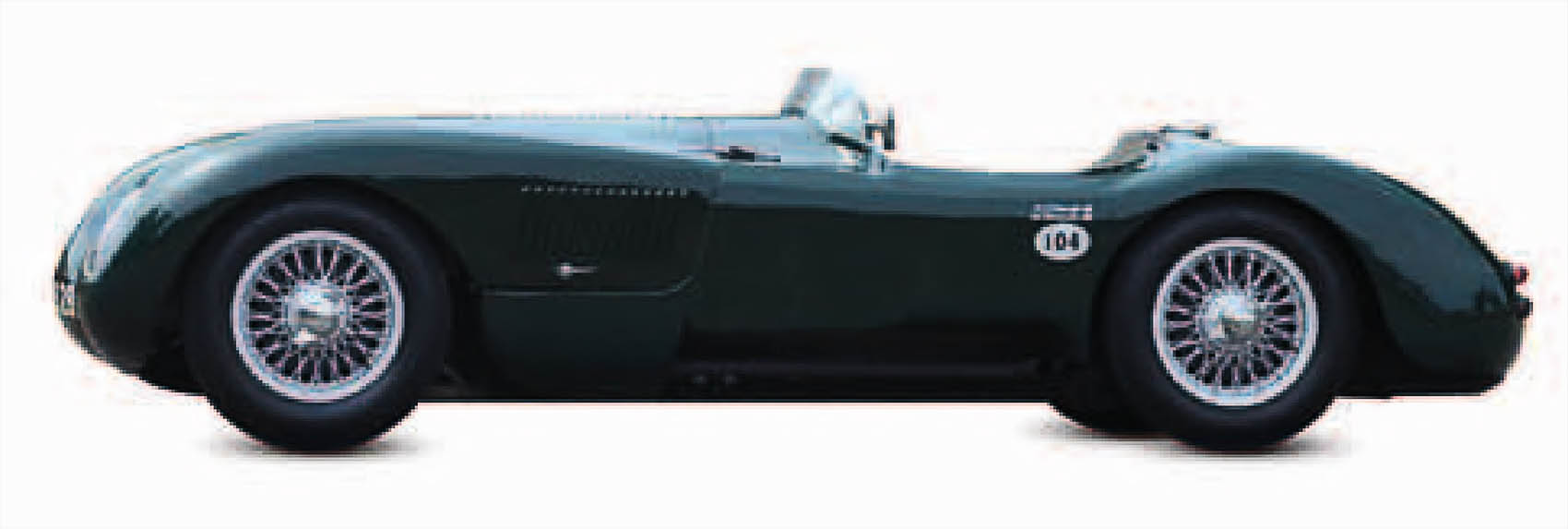
| Origin | UK |
| Engine | 3,442 cc, straight-six |
| Top speed | 144 mph (232 km/h) |
This roadgoing race car was built to win Le Mans, which it did in 1951 and 1953 (pioneering disc brakes in 1953). It was derived from the XK120, with a lightweight tubular chassis.
Jaguar D-type, 1956

| Origin | UK |
| Engine | 3,781 cc, straight-six |
| Top speed | 167 mph (269 km/h) |
After the XK-derived C-type, Jaguar developed this lightweight racer with monocoque center section to win Le Mans in France. It won in 1955,1956, and 1957.
It is a quote. The Definitive Visual History Of The Automobile 2011




